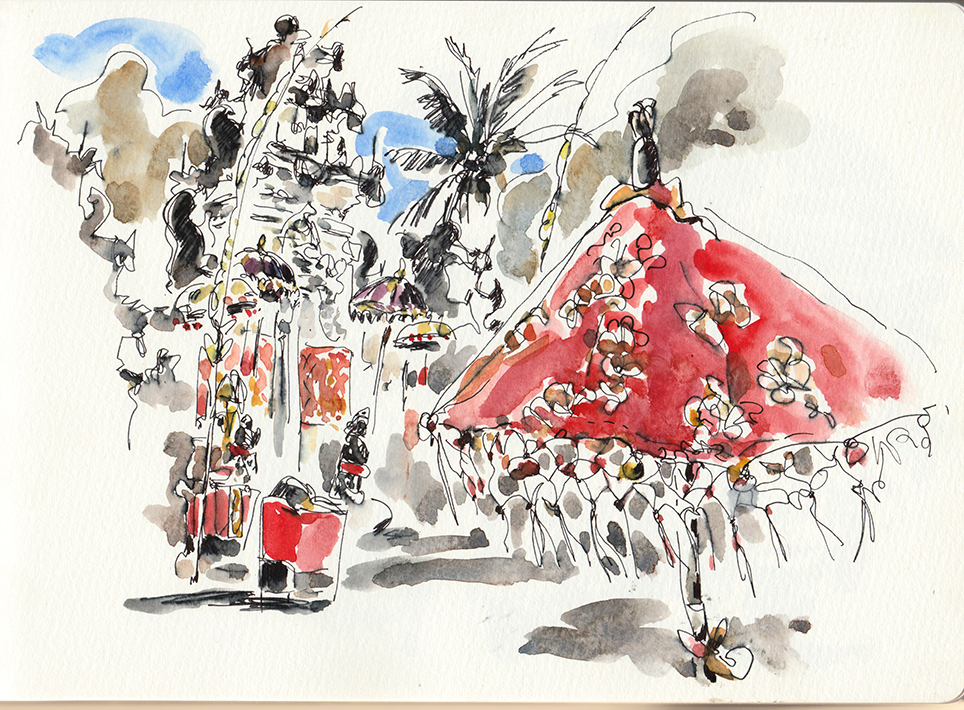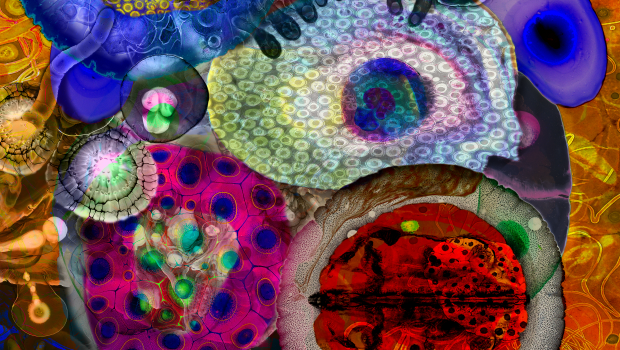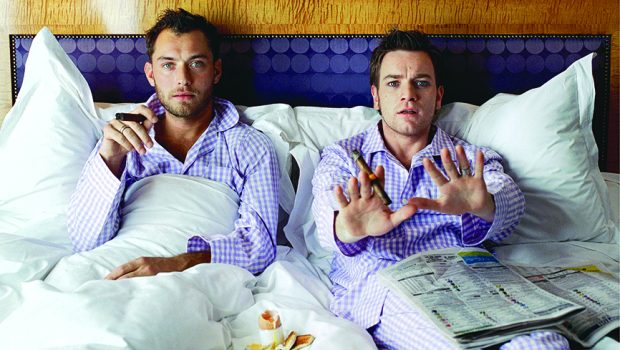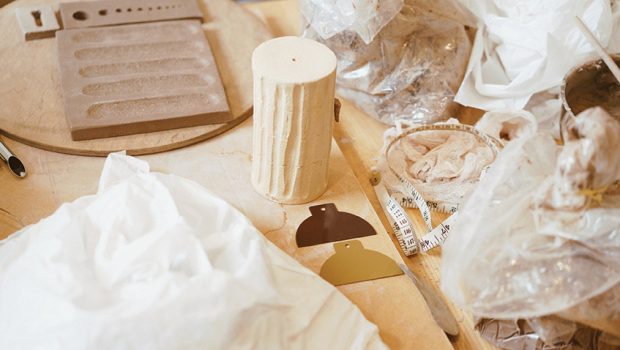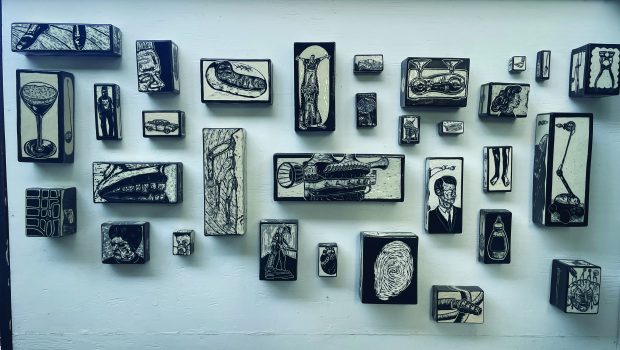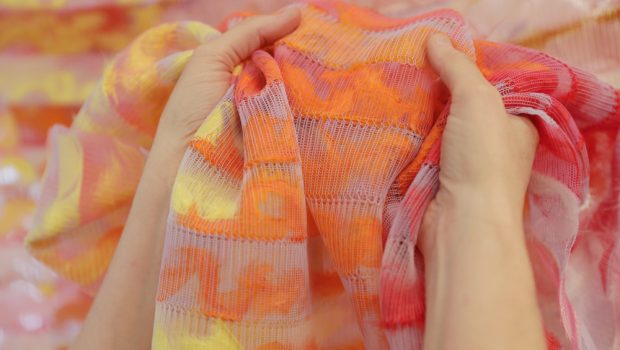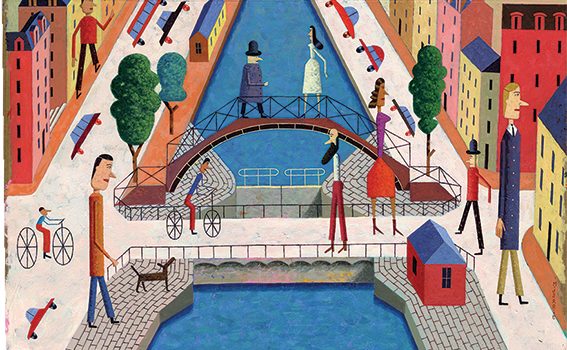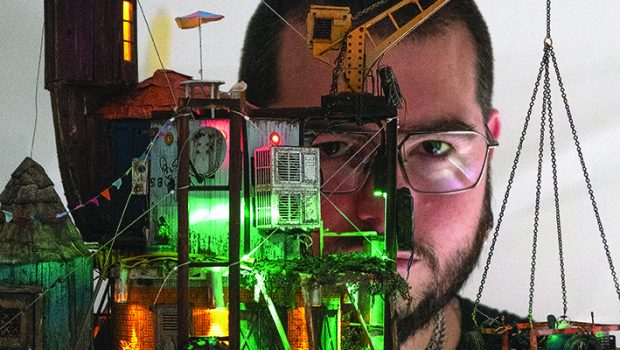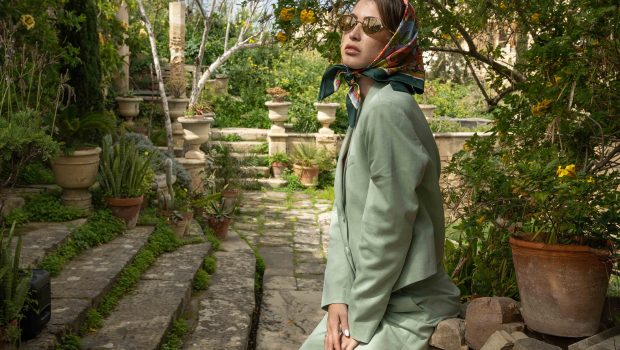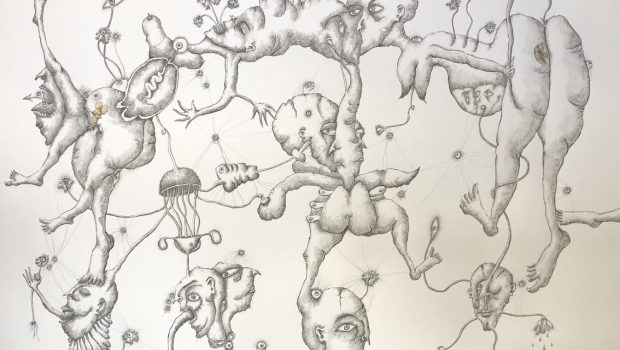The language of fluidity
French artist and illustrator Pascal Hierholz, known in the art world as Paisi, speaks in ink. His work is fluid, fearless, and filled with contrasts: between memory and moment, tradition and disruption, the sacred and the mundane. Based in Bali, with a background in advertising and a lifelong habit of observation, Paisi’s art reads like a visual diary of human contradiction. Poetic, political, humorous, and deeply personal.
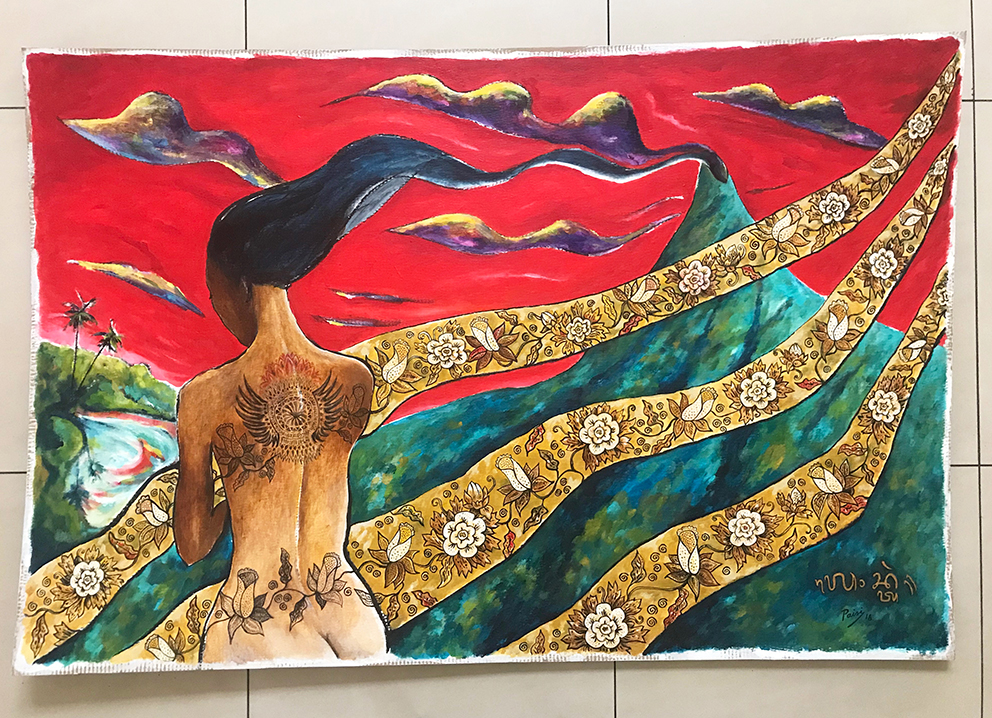
There’s a persistence in your use of black ink, a kind of certainty. What is it about ink that continues to speak for you?
True, I have been using Chinese ink (or Indian ink) for a very long time. It has had a great influence on me. Its fluidity, its depth or lightness depending on the strokes, its agility. Chinese art and calligraphy are based on ink, they breathe words and landscapes of ink. I found this very beautiful, inspiring, and also quite hard to master…
Much of your work feels like memory in motion, like walking through a dream that isn’t yours. Do you ever return to a piece and find it says something new?
Maybe we all live in a dream… When I sketch I usually try to grasp the feeling of the moment. Sometimes it can be just the light, or something weird on the street. It can be people, how they look, how they behave. Or something I cannot say. When I look at them even years later, I usually remember what that was.
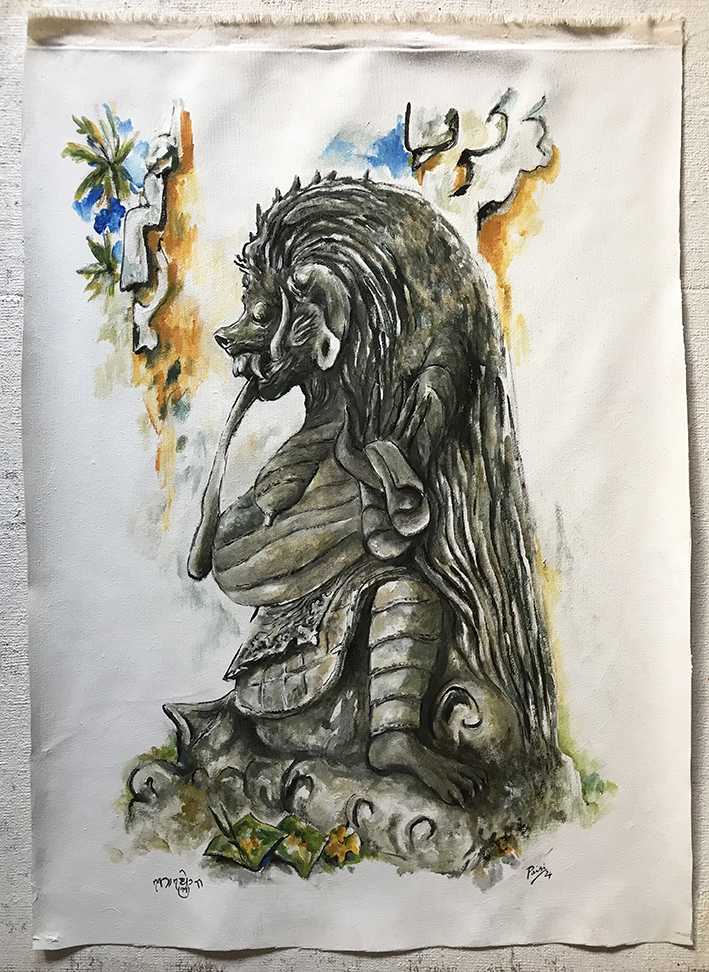
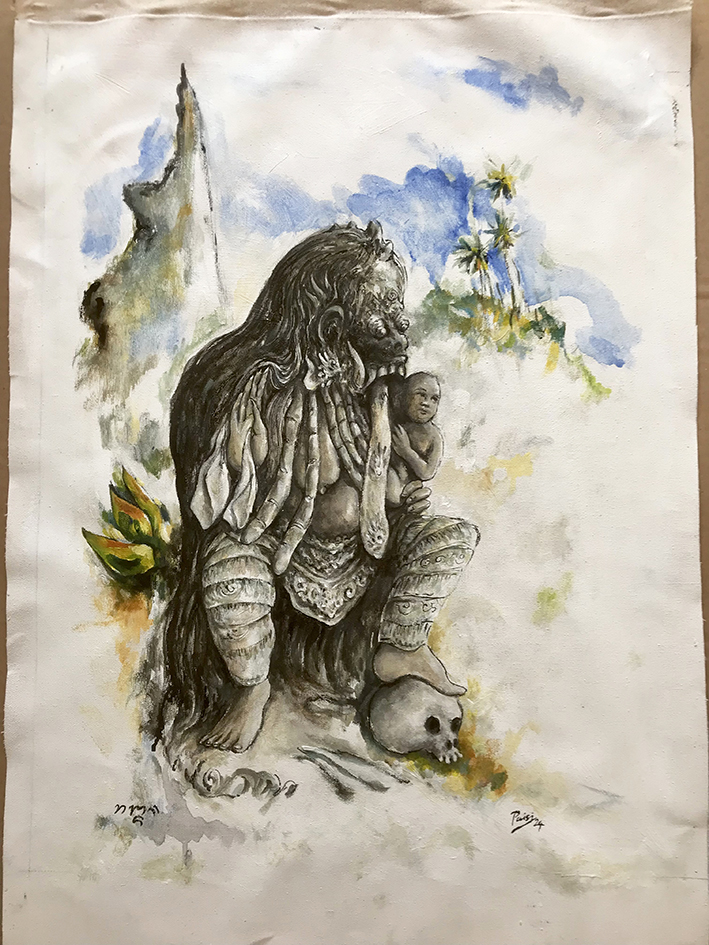
You’ve worked for decades in advertising, an industry built on clarity. Yet your art seems to embrace ambiguity. Is that a conscious departure?
Clarity? Really? I thought the creative business in advertising was to blur reality into a dream world. Hahaha. You know “Pleasantville” style… I always thought advertising was a good training for ideas. Looking for the best contrast, for impact, combinations of words and images, etc. I guess it can still be felt in some of my work.
Your lines are confident, rarely hesitant. Would you consider this a result of discipline, or instinct?
Discipline at the beginning: Learning to know the tool properly, how to hold it, master it, press it, release it, try to control the flow… Fail a lot, then, with time, eventually comes the right feeling. Fluidly, and sometimes beautiful accidents on paper.
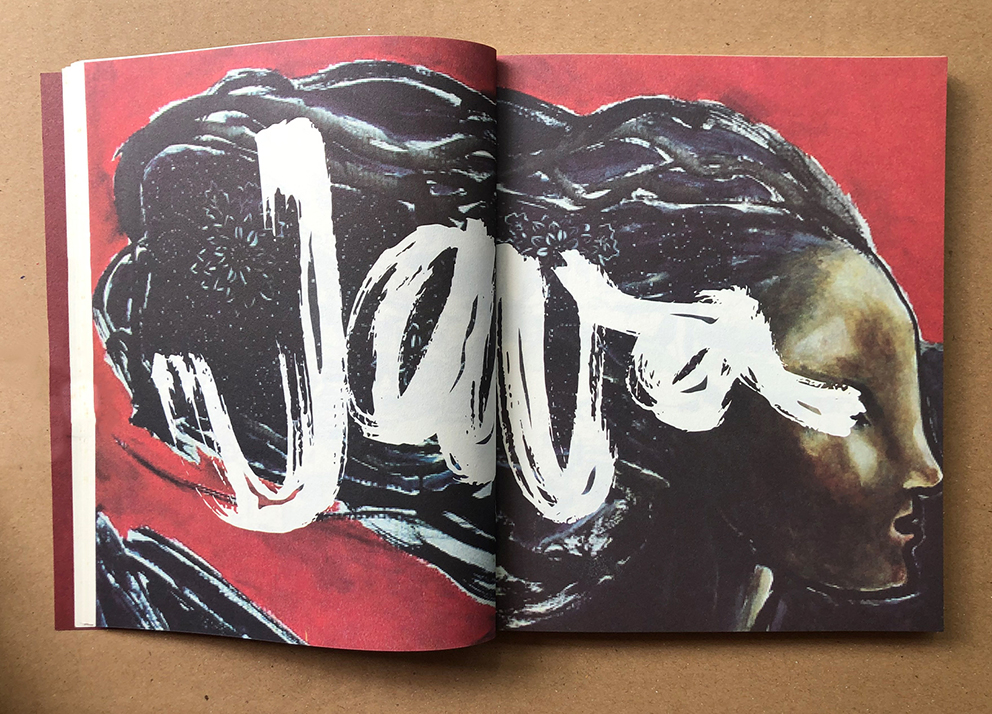
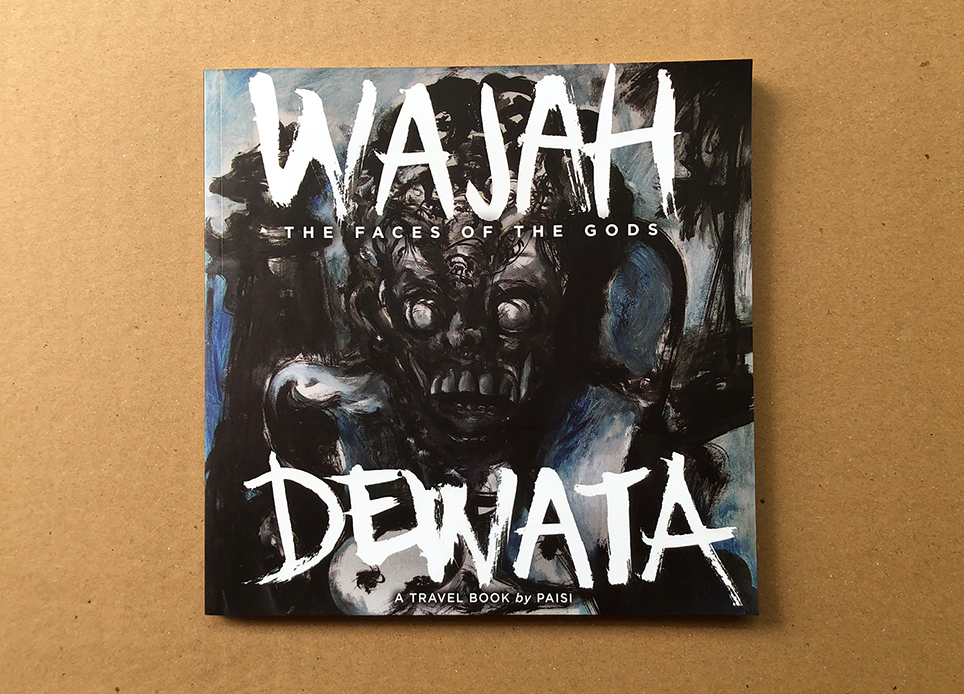
Indonesia, and Bali in particular, appear again and again in your work, not as an escape, but as an ecosystem. What does this place reveal to you?
Of course, I have been living and working in Indonesia for quite a long time now. It is the country where I have been the longest in my life actually. Bali in particular has a special resonance to me. My wife is Balinese. It is a place with a special heritage. I like its temples, the delicate balance between the people, the religion and the culture. It is a world in itself. Deep, sometimes dark, threatened by modern life and mass tourism. Its beauty needs to be protected, to be preserved, but overdevelopment and greed are lurking.
When you begin a piece, do you start with an idea, or with a line? Does meaning come first, or form?
I guess it always starts with some form of idea, but that idea can evolve along with the lines, follows the flow and sometimes arrives somewhere else.
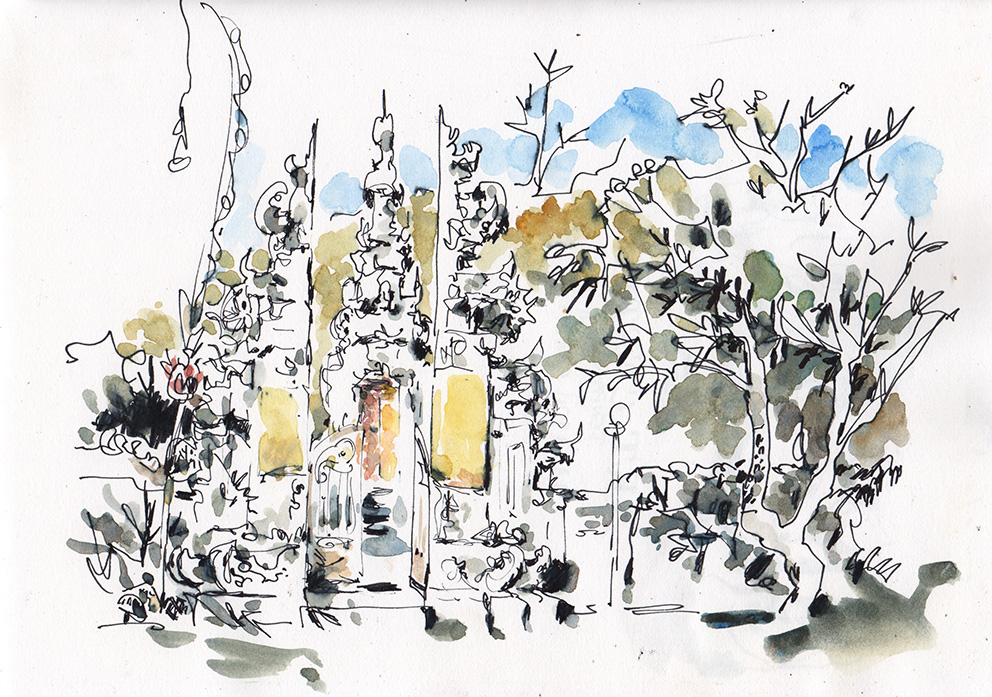
Some of your works, No More Refugees, In God We Trust, feel unflinching, urgent. Do you see your art as a form of commentary, or simply reflection?
These are works inspired by the moment, the craziness of the world, wars, conflicts or capitalistic extremes. They come straight from my background as an adman. I guess. A madman.
There’s mythology in your subjects, but also motorbikes and mobile phones. Do you see the divine and the mundane as coexisting in your practice?
Contrasts again. These scenes provide food for thought. Why is that girl checking her phone when obviously the volcano behind her is erupting? Is she blind, or the phone more important? Why is that person risking her life in front of the volcano, just to take a selfie? The world is moving and changing fast in front of our eyes. Motorbikes with priests, traffic jams, pollution. All taken with a zest of humor.
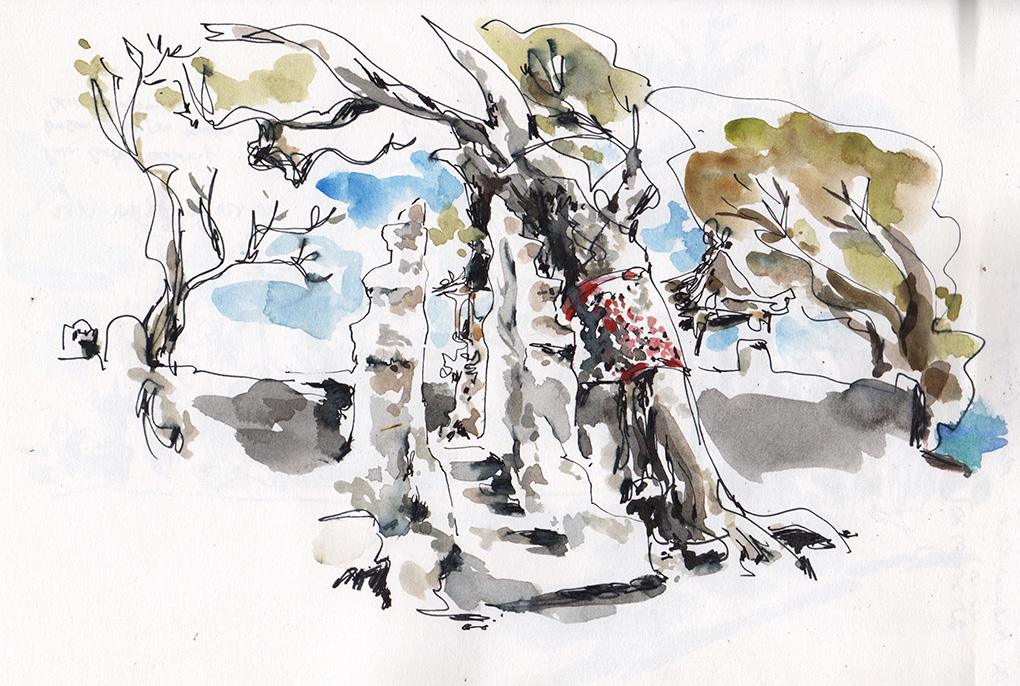
You’ve moved between drawing, painting, publishing, and exhibition. Each a different kind of platform. Do they serve different voices within you?
Same voice, same song, but different instruments. It all started with travelling, travel sketches, impressions, short stories, ideas, contrasts, cultures, different materials, more stories, more impressions…
Is completion a feeling for you, or a decision?
Excellent question! When you work with watercolor and Chinese ink, you have to learn control. And that is hard. You need to feel when is the moment to stop, not to add anything, any stroke, any line, otherwise the work can be ruined. Believe me, it is hard…
(I have so many ruined sketches to prove it)
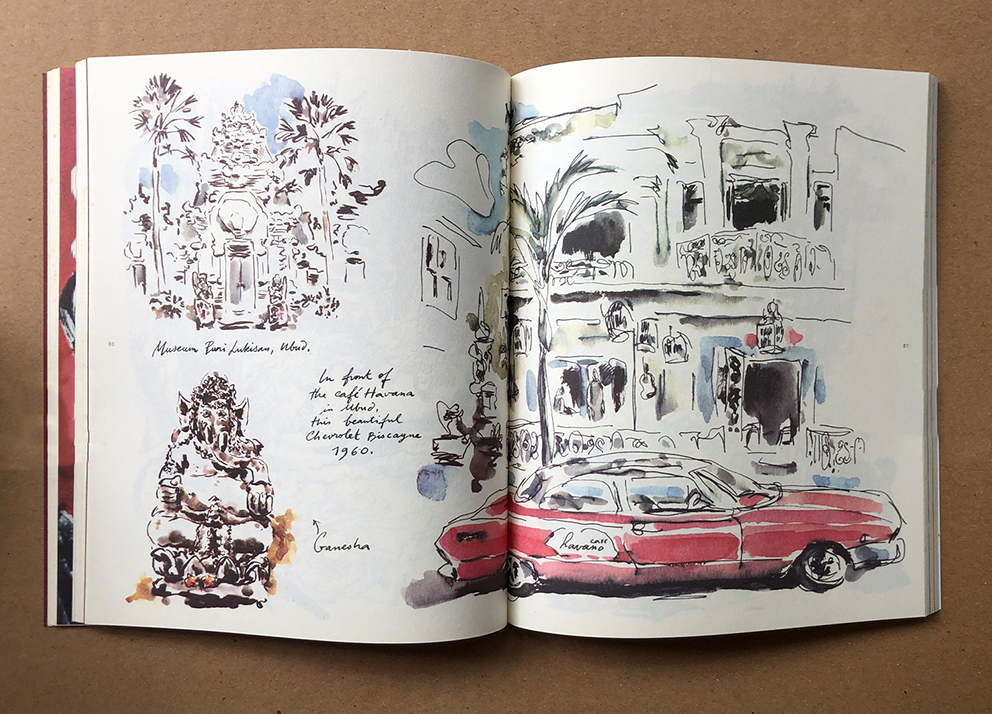
Has your work ever surprised you, by what it became, or what it revealed?
When a line flows perfectly. When a splash of ink or color stops at the very right place… Amazing!
You describe yourself as a communicator. But art often speaks where language doesn’t reach. Has your work ever said something you couldn’t?
Hmmm… I always try to combine words and pictures (from the adman’s syndrome) but you are right, it doesn’t work perfectly just like that. I guess using symbols sometimes speak louder than words. For example the silhouettes of Indonesian shadow puppets in the background of the “Bhinneka Tunggal Ika” artwork, showing the first president struggling with the problems of the country. This reads “United we stand” but the visual tells something a bit more shaky. [ V ]
